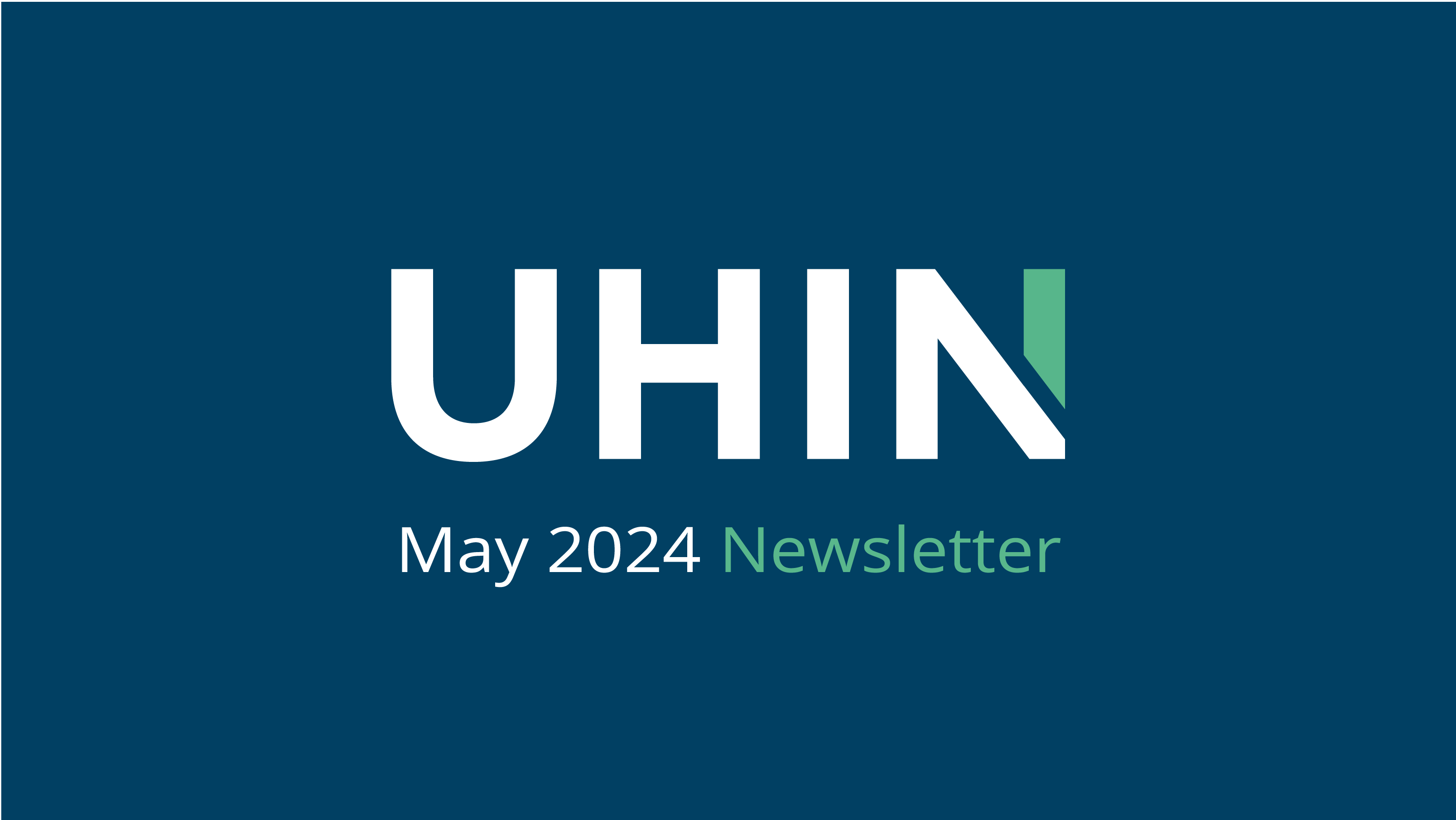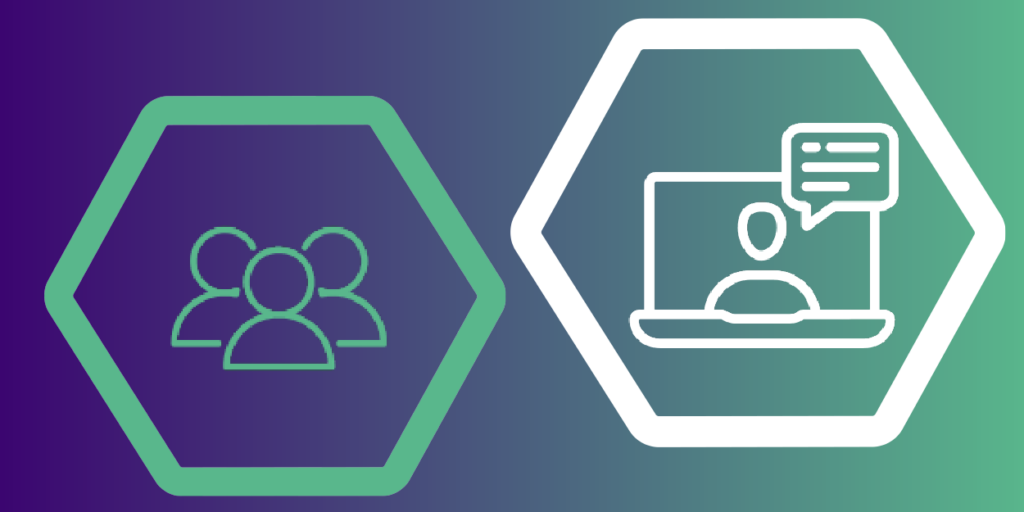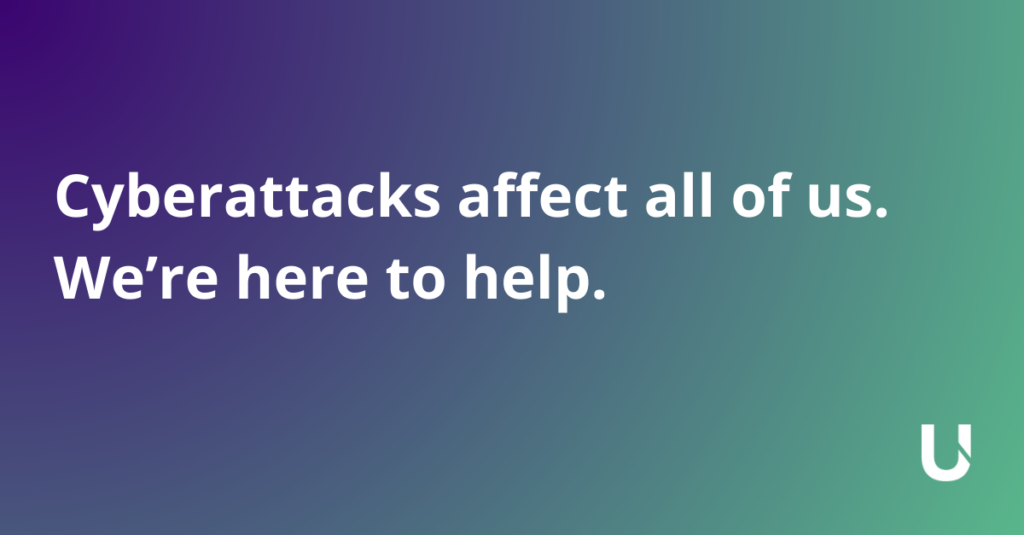Top Questions and Answers from the Virtual Payer Panel with Lori Weber (Noridian Healthcare Solutions) and Melissa Shoemaker (Select Health)
In the ever-evolving landscape of healthcare billing, staying up-to-date is essential for providers and billing services. In our Virtual Payer Panel, attendees asked questions for two longtime UHIN customers and health plan representatives: Lori Weber, Education Representative for Part B Provider Education at Noridian Healthcare Solutions, and Melissa Shoemaker, Senior Network Engagement Representative at Select Health. Over the course of the webinar, both Lori and Melissa addressed key updates and fielded questions from caregivers of all types.
In this post, let’s dive into five of the top questions and insights shared during the session, offering clarity on telehealth billing, claims processing, EDI recertification preparation and other essential topics.
1. Key Updates on Telehealth Billing
Q: What are the latest updates on POS codes and modifiers for telehealth services? Are there anticipated changes for 2025?
For 2024, providers should use POS 2 for telehealth services provided outside the home and POS 10 for those conducted in the home, eliminating the need for telehealth-specific modifiers. Updates for 2025 will be available after the final rule is released. Providers are encouraged to monitor payer websites for the latest resources, including telehealth pages and webinar archives.
Claims processed with POS 10 will now be reimbursed at the same rate as in-office visits. Adjustments for previously underpaid claims will appear in remittances within 45-60 days.
🎥 Watch: Updates on POS codes and modifiers
Q: Can you provide guidance on POS 02, POS 10, and exceptions?
For telehealth services:
- POS 10 is used when the patient is at home, while POS 02 applies when the patient is outside their home.
- Modifiers are generally not required, but if included, they won’t cause claim denials. However, they may affect reimbursement rates.
Exceptions:
- Outpatient therapy services (e.g., physical, occupational, or speech therapy): Use the specific POS 11 (office) as if the patient were seen onsite, and append modifier 95.
- Outpatient hospital clinicians: When services are provided to patients at home, use POS 22 (on-campus) or POS 19 (off-campus) with modifier 95.
- These guidelines will be detailed in the final documentation.
🎥 Watch: Guidance on Modifiers
2. Coverage and Claims Processing for Vaccines and Shots
Q: Is the 90611 JYNNEOS vaccine covered by Medicare Part B?
Yes, Medicare covers the JYNNEOS vaccine for smallpox and MPOX. Billing guidance is available through on-demand webinars that detail the appropriate processes.
Click to learn more about Monkeypox and Smallpox Vaccines and Administration HCPCS/CPT Codes
🎥 Watch: Lori Weber’s response on JYNNEOS vaccine coverage here
Q: What actions are being taken to address flu shot claim denials for certain age groups?
Select Health has identified and is correcting a system error causing flu shot claim denials. Affected claims are being reprocessed automatically. To avoid similar issues, ensure the use of age-appropriate codes and confirm the patient’s Medicare beneficiary status when applicable.
🎥 Watch: How to address these types of denials
3. Addressing Common Billing Challenges
Q: Should 90471 and 90472 still be used for non payable immunizations?
These codes apply to non payable immunizations like tetanus given after an injury. However, for flu and other vaccines, Medicare requires specific G codes for administration. Upcoming webinars will provide further clarification on these requirements.
🎥 Watch: Lori Weber on non payable codes
4. Preparing for EDI Recertification
Q: What steps are involved in the annual EDI recertification process?
Starting in November, providers will be required to verify their trading partner IDs, NPIs, and address consistency across key systems. Email notifications will be sent when recertification is due, ensuring a smooth process for those with up-to-date records.
🎥 Watch: How to prepare for EDI recertification
5. Preventative Services and Eligibility Checks
Q: Is there anywhere online that we can check when the patient had their last preventative visit?
Payers typically allow one preventative billed each year at either 365 days from the previous visit or one in a calendar year.
Lori recommended using the Noridian Medicare portal to track patient preventative visits, ensuring services are billed within covered timelines. Lori emphasized that not all preventative services are annual, with intervals depending on risk levels (e.g., colonoscopies every 5-10 years).
🎥 Watch: Preventive services for Medicare Part B
For pediatric visits, Melissa suggested leveraging Select Health’s portal to check service histories beyond the clinic’s records. If more detailed data is needed, she offered to connect attendees with specialized reps for further assistance.
🎥 Watch: Preventative care, specifically for pediatrics
Resources
Noridian Home Page:
https://med.noridianmedicare.com/web/jfb
Noridian Electronic Data Interchange (EDI) page:
https://med.noridianmedicare.com/web/jfb/topics/edi
Contact info for Select Health Utah Network Engagement Representatives:
Final Words
This Virtual Payer Panel highlighted significant updates in healthcare billing, including telehealth billing adjustments, coverage and claims processing for vaccines and shots, the EDI recertification process, and preventative services and eligibility checks. Caregivers are encouraged to leverage available resources from health plans, such as webinars and support services, to stay informed and adapt to these changes effectively.
UHIN will continue to host virtual payer panels with representatives from different health plans throughout the year. Subscribe to the UHIN newsletter and follow us on LinkedIn to stay informed of upcoming virtual payer panels.






































